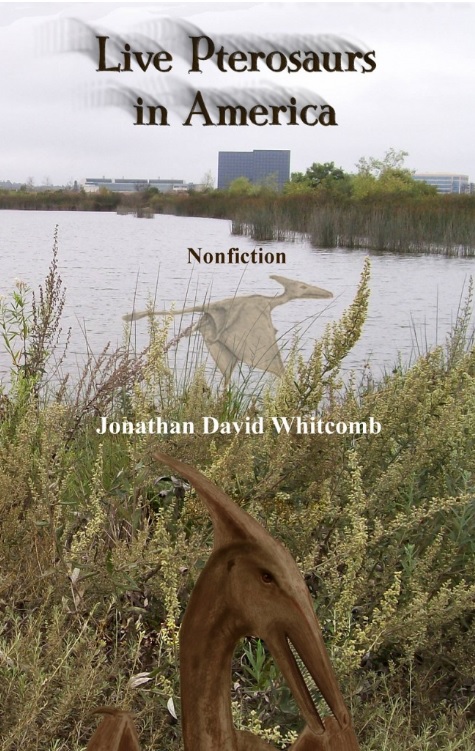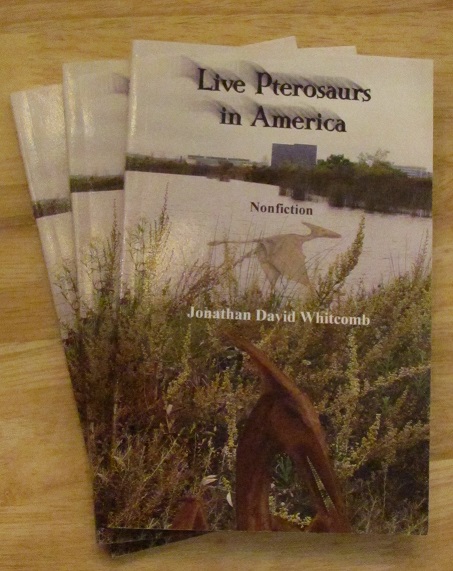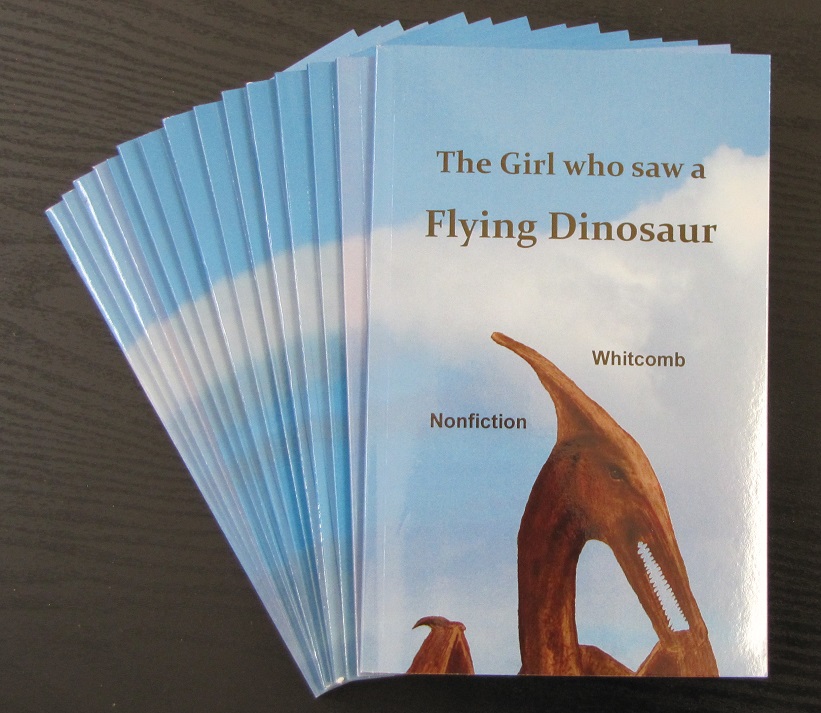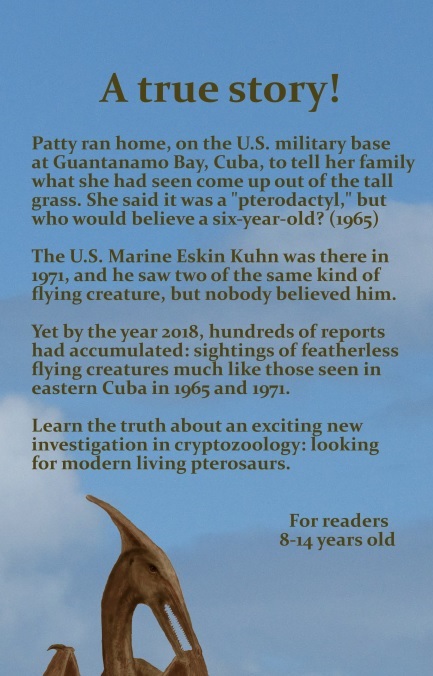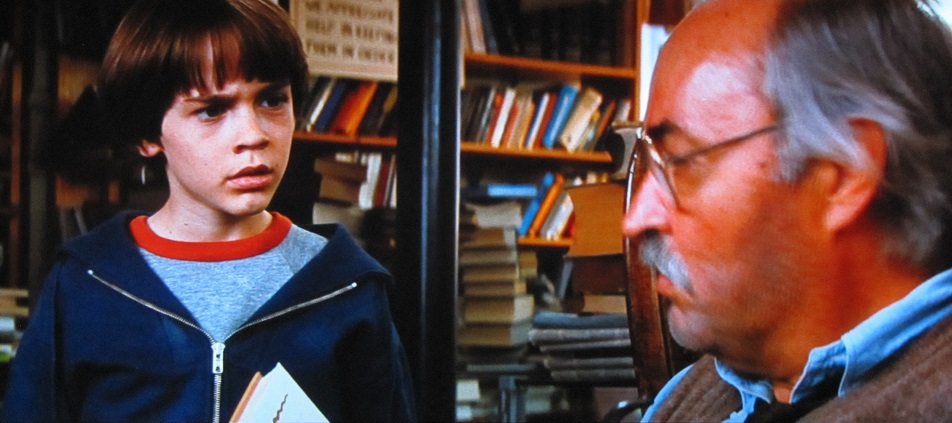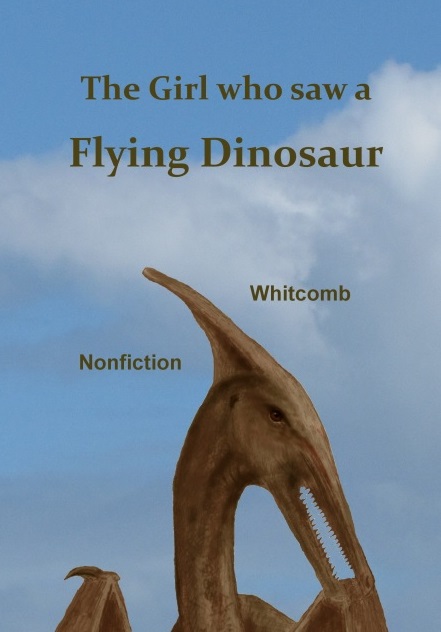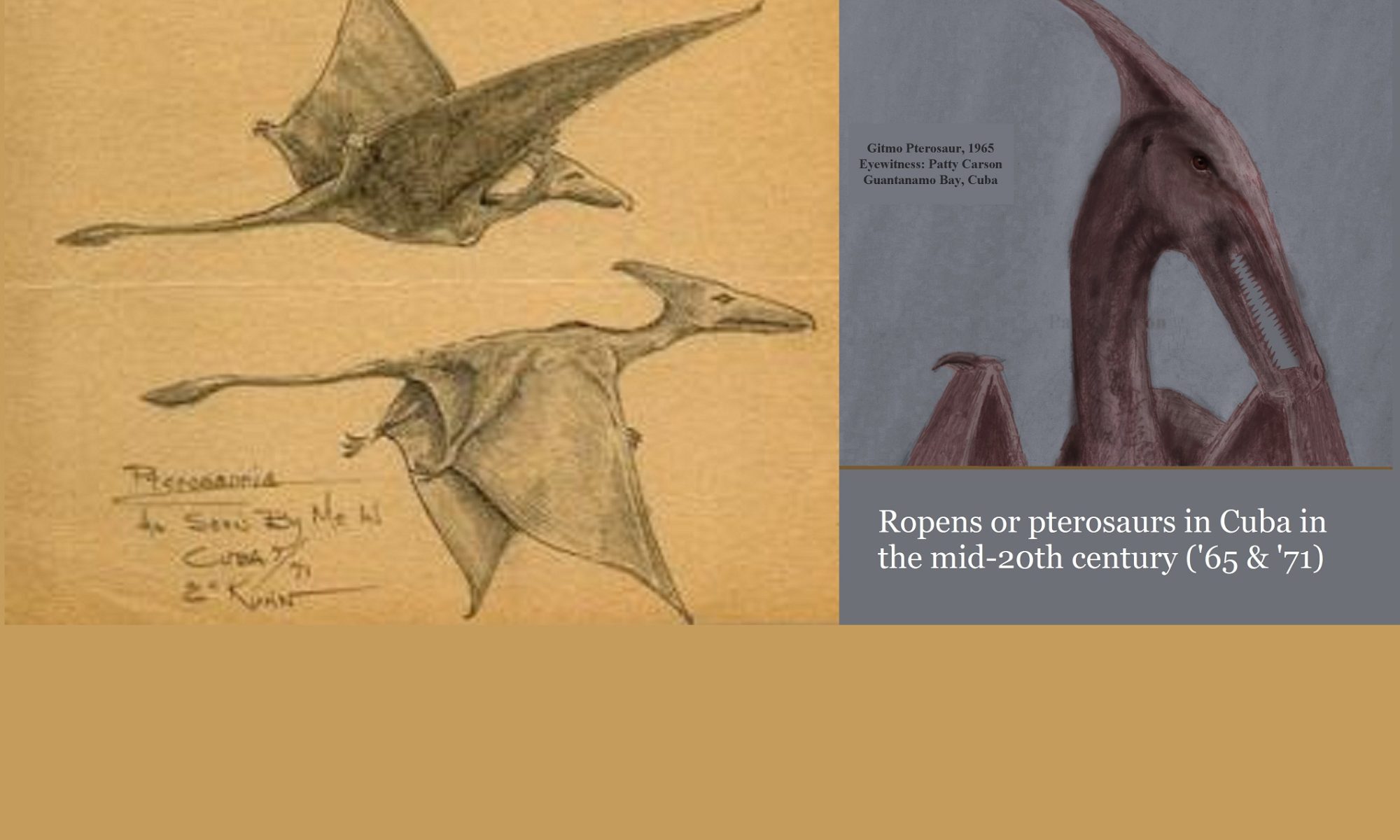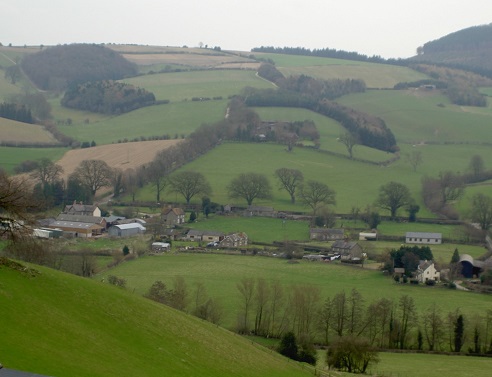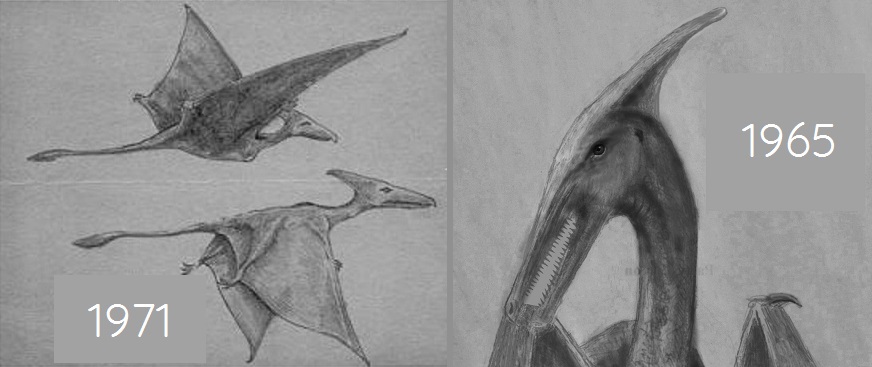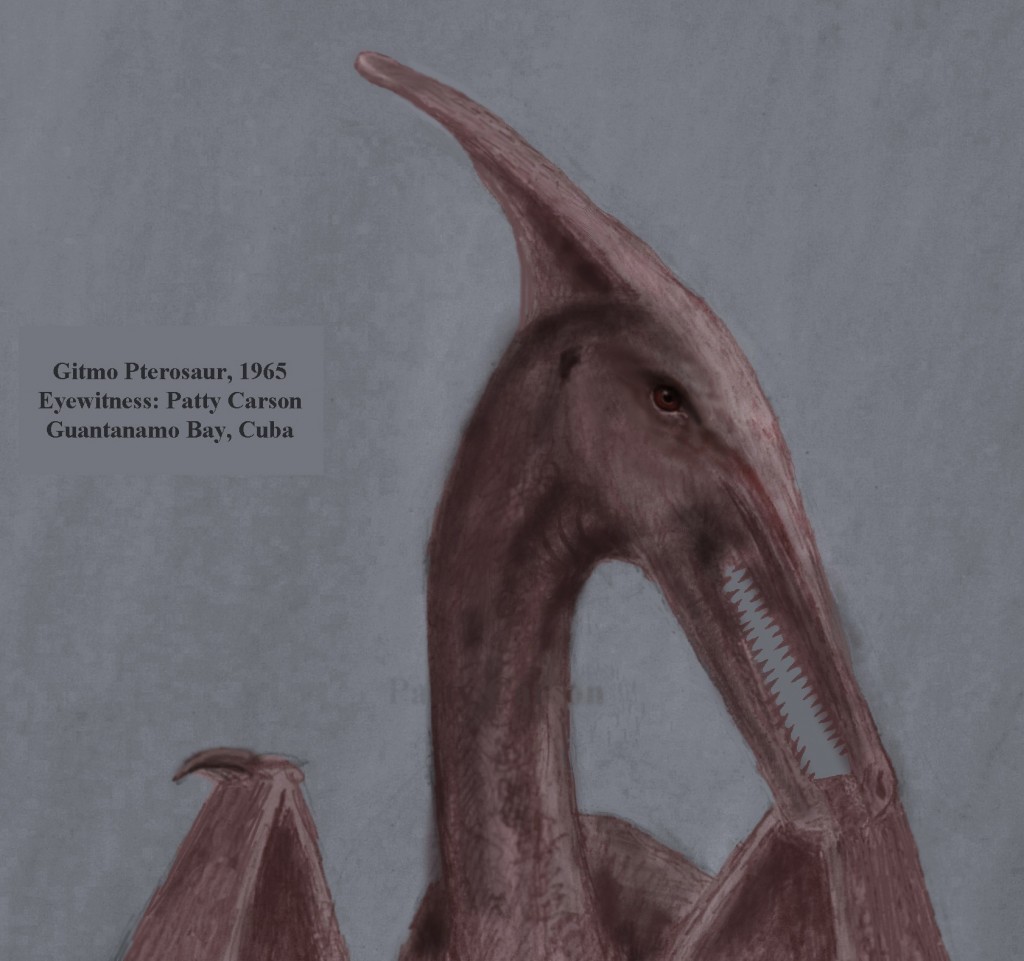By the cryptozoology author Jonathan Whitcomb
The following is my reply to some critical remarks from a reader of my nonfiction Live Pterosaurs in America (apparently the third edition). Terry Betts did not give the book an overall poor rating: three stars, yet some of the comments he made, especially in the title of his review, are not actually relevant to the content of the book. He titled his review “A look at a real Cryptid or a dissertation on Creationism?” Any objective reading of this book, however, (with that title in mind) will reveal that this is nothing remotely close to a dissertation on creationism.
Here is my response, which Amazon refused to allow to be published on the book-page for Live Pterosaurs in America:
I’m glad this reader found the sightings interesting. I now comment on part of this reviewer’s title, which asks if my book is a “dissertation on Creationism.” This brings up an important subject that is left out of some other reviewers’ comments: Something about at least one aspect of the book relates to religion. Being in the title of the above review, however, it may be misleading to both creationist and non-creationist potential readers of the book. I suggest we look at the content of the book objectively through searching for relevant words in its interior.
It has 153 printed pages, with 15 of those being pages of the index. The Appendix begins on page 109 and is in nine sections. One of those nine sections is mostly about philosophical or religious aspects of living-pterosaur investigations, although a bit of that is in a few pages in other areas of the Appendix. In brief, outside of the index, the book has 138 printed pages.
The word ‘creationism’ is found eight times in the book, with six of those (75%) being in one section of the Appendix: “Philosophy at the Foundation.” Only once is ‘creationism’ found outside of the Appendix. That alone suggests to me that this book really is mostly about cryptozoology rather than religion, especially before the reader gets to the Appendix.
Searching for the word ‘creationist’ I found 18 instances of this word, but not one of them was outside the Appendix. That seems to me to also indicate that the book is much more about cryptozoology than it is about creationism.
The word ‘Christian’ is found only twice in the book, both times on page 115, which is in the Appendix in the sub-section “Philosophy at the Foundation.” In addition, the word ‘God’ is found 13 times in the whole book, with 10 of those being in the Appendix. The three instances of ‘God’ found on pages 55 and 59 are in quotations from eyewitnesses, with two of those being expressions of gratitude that the person was able to see the flying creature.
The word ‘Bible’ is found only three times outside the Appendix, if my count is correct. Combining that with the searches on the other words related to religion, I submit that ‘creationist’ is good to mention in the body text of a customer review, much more appropriate than in the title of the customer review, for the book “Live Pterosaurs in America” (third edition).
Cryptozoology book Live Pterosaurs in America (third edition)
.
Another Living-Pterosaur Nonfiction Book
My most recent book about non-extinct “pterodactyls” is The Girl who saw a Flying Dinosaur, which is for middle-grade children and young teenagers. It’s short, just 56 pages, yet has a number of benefits for the young reader. Here are a few of the benefits, taken from the description on Amazon (although not in precisely this order):
- Tells you not WHAT to think, like many other nonfictions, but HOW to think about possibilities
- Is understandable yet stimulating for kids and teens of about 8-14 years old
- By a positive example, invites you to use critical thinking
- Opens up an exciting new world: persons have seen an apparent living pterosaur
- Uses sketches, photos, and other images to make things clear
[plus five more listed benefits for the reader]
The Girl who saw a Flying Dinosaur [about modern living pterosaurs]
###
.
‘Dinosaur’ Book for Children and Teens
Why would the new book The Girl who saw a Flying Dinosaur be the best Christmas or birthday gift for many kids and teenagers? It invites them into a new world of adventure in cryptozoology: true stories of encounters with modern living pterosaurs.
.
Book about non-extinct pterodactyls
Live Pterosaurs in America
.
‘Dinosaur’ book for a ten-year old
I wrote the nonfiction book The Girl who saw a Flying Dinosaur for several purposes. As a gift giver for a child or teenager, you need to know what benefits it can give to the young reader. I recommend it for readers between about the ages of eight and fourteen; for some ten-year-olds (and eleven and twelve) it will be exceptionally delightful: easy to understand yet stimulating.



